Unit 1 Review
1. What we learned?
- How an application uses the internaet.
- Thestructure of the Internet: The 4 layer model.
- The Internet protocol(IP): Waht it is.
- Basic architectural ideas and principles:
- Packet switching
- Layering
- Encapsulation
2. Transport Layer Intro:
In this unit, we'll aks and answer questions such as:
- How exactly does TCP set up a connection?
- What do TCP segments look like?
- How can two computers reliably transfer data with high performance?
3. The TCP Service Model
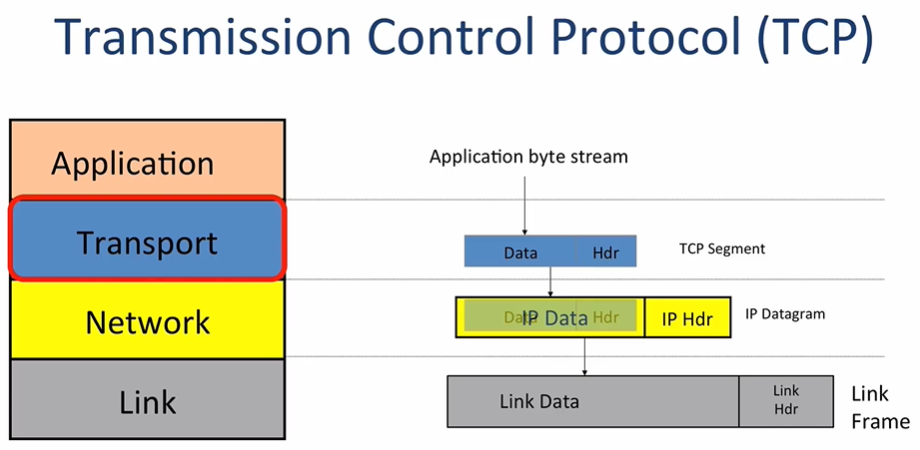
Connection setup: 3-way handshake
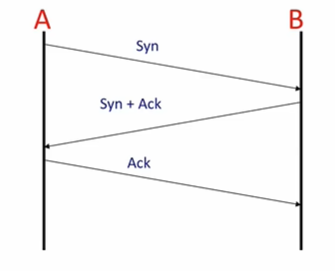
Connection teardown(拆除):
- A发送关闭连接请求,B拒绝并继续发送数据。
- A发送关闭连接请求,B同意。
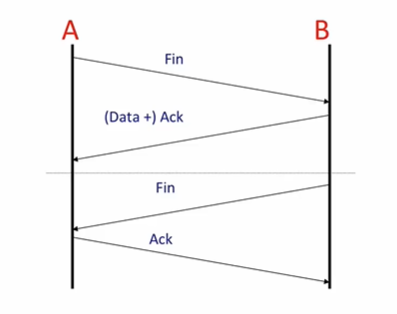
The TCP Service Model:

- Reliable delivery:
- 接收方在接收数据无误后会发送Acknowledge给发送方。
- 使用校验和(check sum)检验数据出错。
- 使用序列号检验数据丢失。
- 使用流控制(Flow control)来防止淹没接收方。
- Congestion control:
TCP使用一些方法为所有TCP连接平均分配网络容量。
The TCP Segment Format:
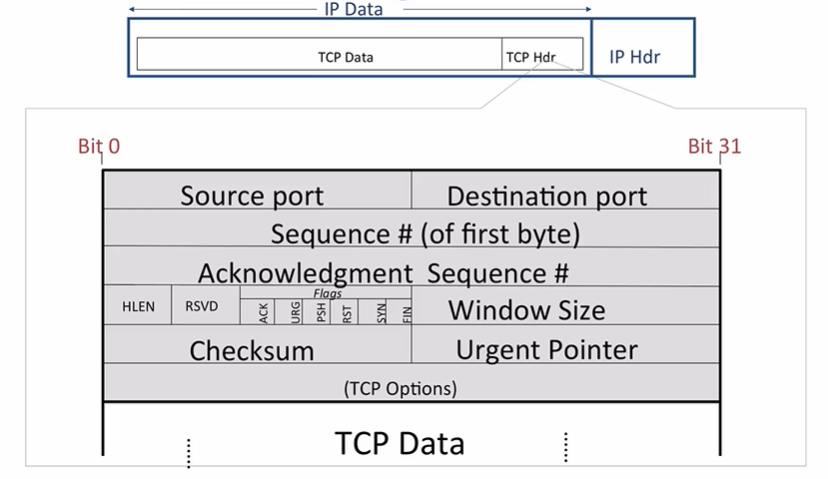
TCP Segment captured by wireshark
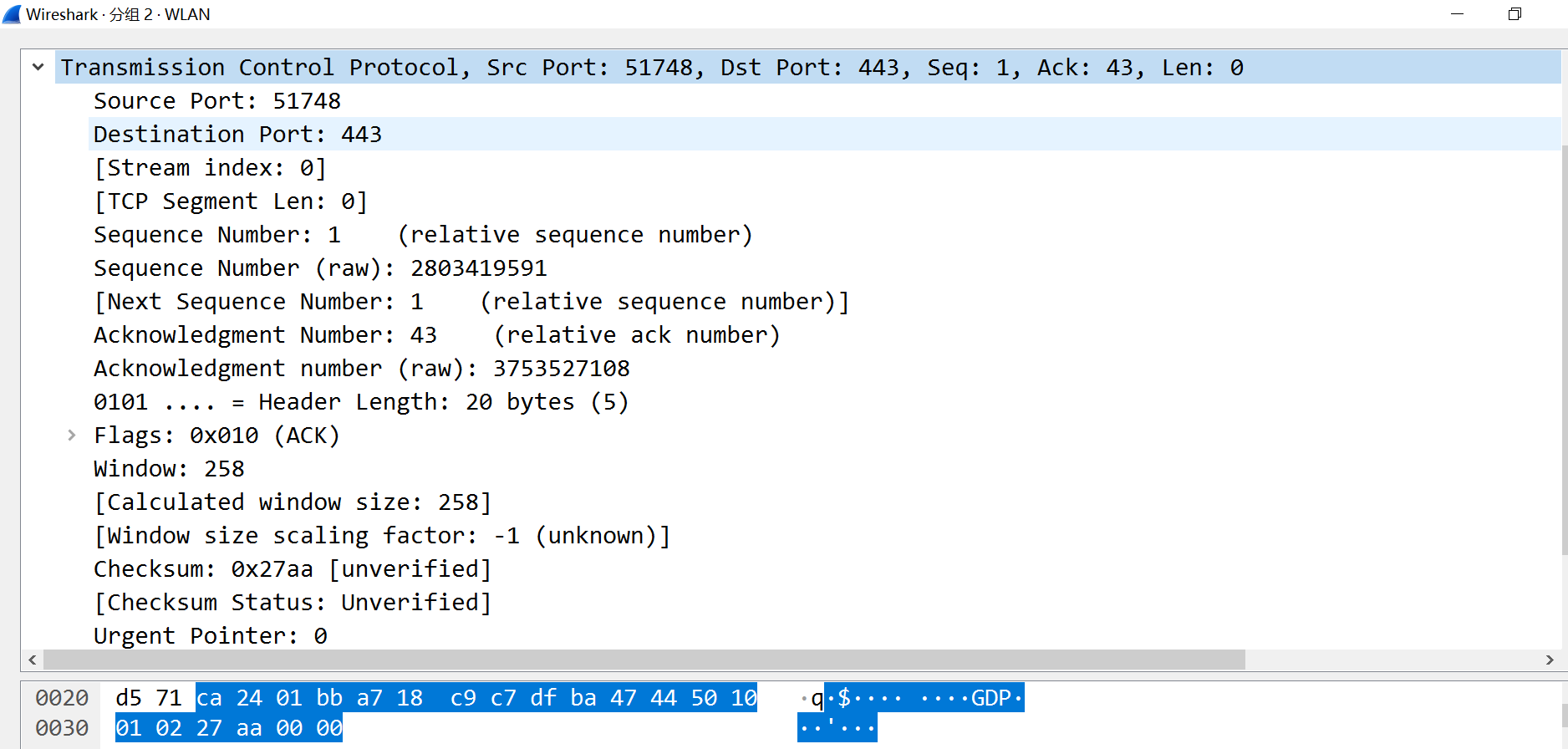
TCP: Port Demultiplexing

Summary
TCP privides in-order, reliable delivery of a stream of bytes between application processes.
4. The UDP Service Model
The UDP Datagram Format
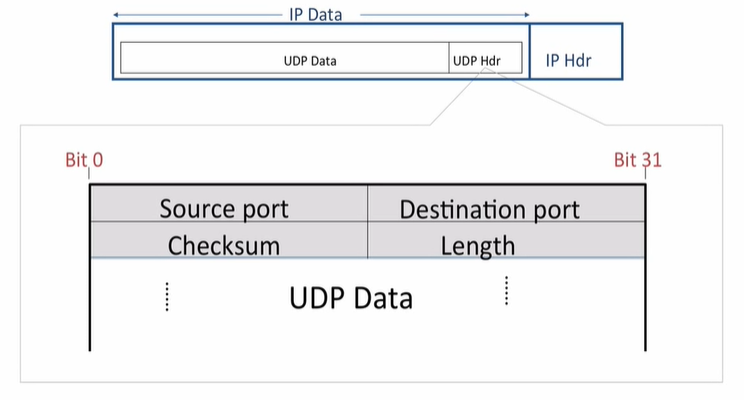
UDP datagram captured by wireshark:
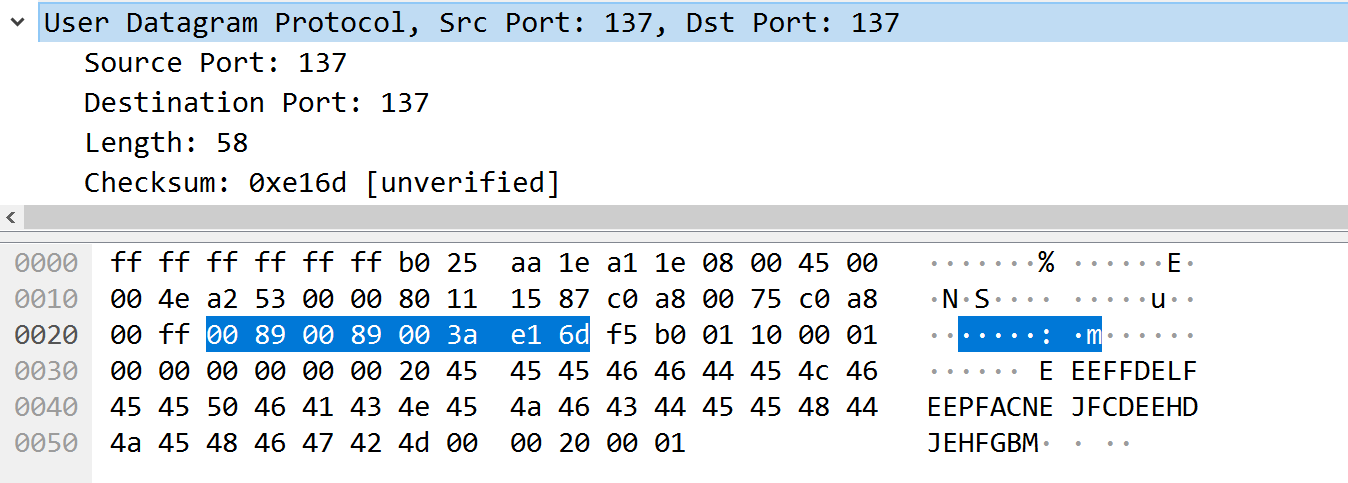
The UDP Service model
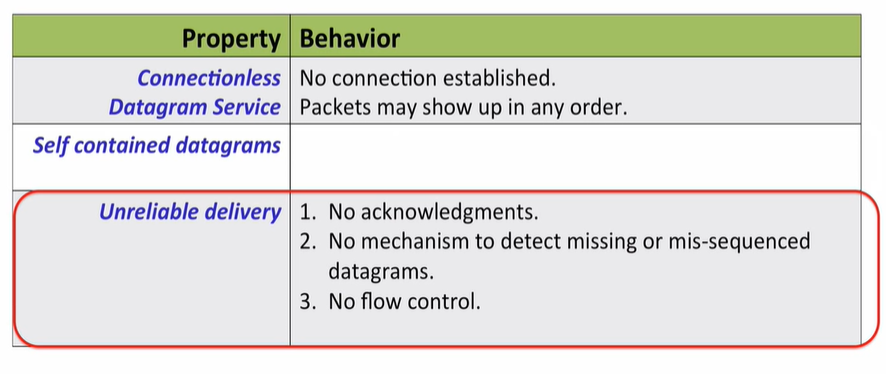
使用UDP的应用层协议:
- DNS
- DHCP
Summary:
UDP provides a simpler, datagram delivery service between application processes.
5. ICMP(Internet Control Message Protocol) Service Model
ICMP博客
ICMP协议的功能:
- 差错通知
- 信息查询
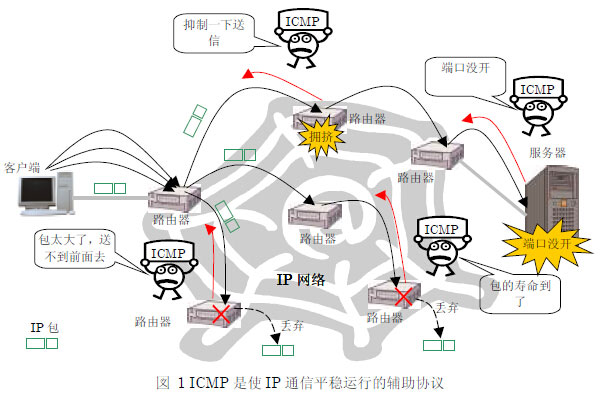
Make the Network Layer Work
- The Internet Protocol(IP)
- The creation of IP datagrams.
- Hop-by-hop delivery from end to end.
- Routing Tables
- Algorithms to populate router forwarding tables.
- Internet Control Message Protocol(ICMP)
- Communicates network layer information between end hosts and routers.
- Reports error conditions.
- Helps us diagnose problems.


ICMP Service
